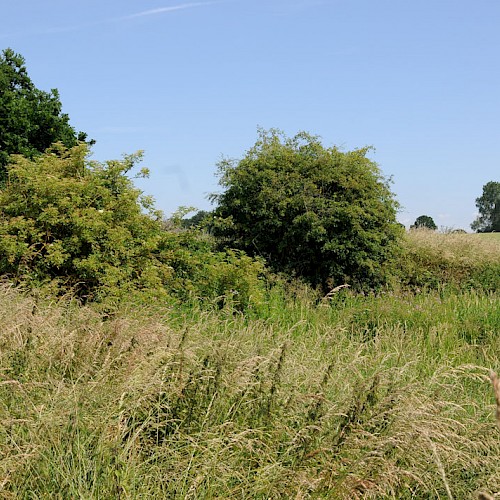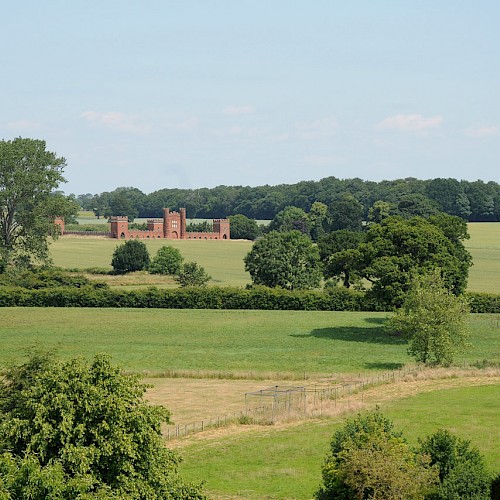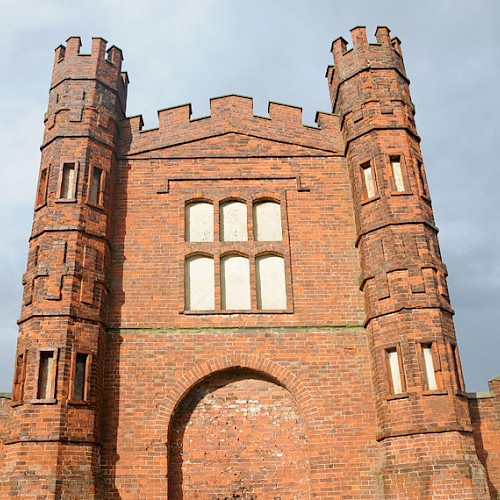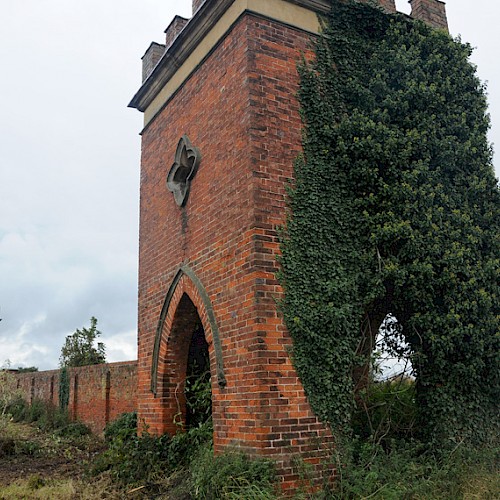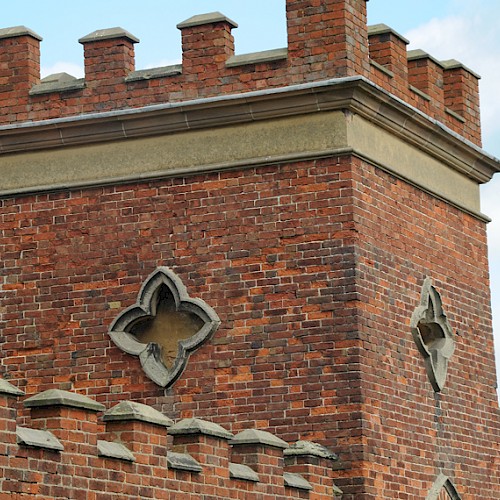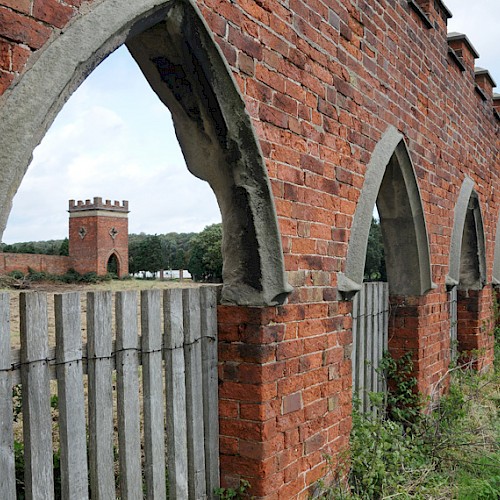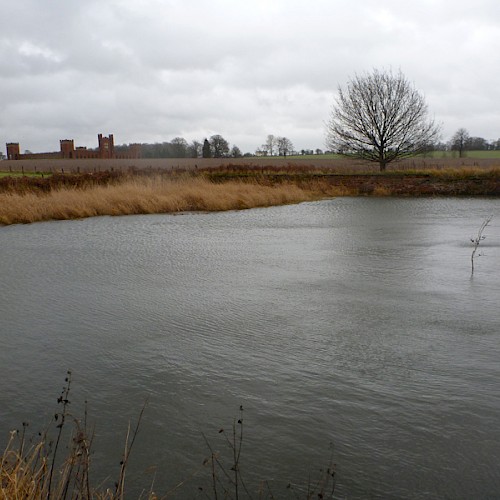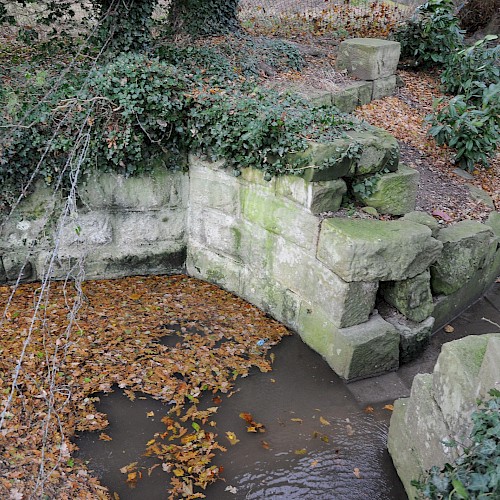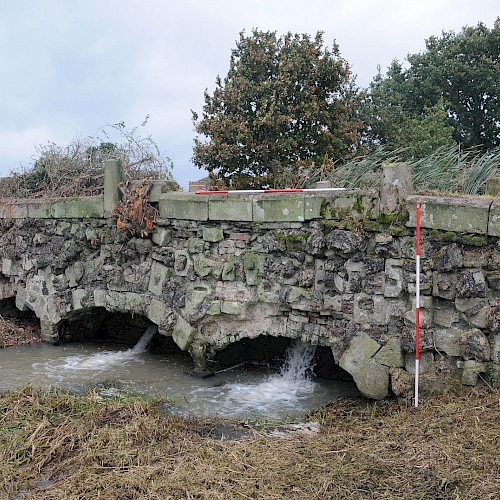Sudbury (North Parkland Buildings),
Sudbury, Derbyshire
Grade II* Listed Building (NHLE: 1238617); Grade II Registered Garden (NHLE: 1000684); Sudbury Conservation Area
Conservation Management Plan
OASIS: thejesso1-177061
A Conservation Management Plan (CMP) was prepared on behalf of the National Trust for the three parkland buildings to the north of Sudbury Hall, located in south Derbyshire. The Deer Cote is a Grade II* listed building and it falls within the Sudbury Village Conservation Area and the Registered Grade II Historic Landscape surrounding Sudbury Hall.
The present hall at Sudbury was built between c.1659 and 1670 by Edward Vernon, at the edge of the village of Sudbury. To the north of the hall was a largely rural landscape, with a deer park that was surrounded by a timber pale in 1614 to the northeast. Following the construction of the new Hall, the deer park was enlarged, possibly associated with the construction of a large ornamental deer enclosure (the Deer Cote) with a central feeding area and shed. This structure was surrounded by trees, and had projecting brick corner towers topped with ogee domes.
In the 1750s the north parkland was radically altered, becoming more integrated with the wider setting of the house. This included the creation of a series of linear ponds (the Long Ponds), connected with weirs, dams and a bridge (The Three Arched Bridge), and the ornamentation for the Deer Cote by the addition of a sham gatetower that represented a permanent piece of theatrical scenery. These alterations are attributed to the landscape designer Sanderson Miller. The landscape was then managed as open parkland throughout the 19thC, until the 1940s when a military hospital as built to the northeast of the hall, although it was converted to a Prisoner of War Camp and then became of HMP Sudbury. The A50 dual carriageway was completed by 1998, effectively separating the north park from the hall.
Each of the built structures within the north parkland have considerable historic significance, however, when considered as a group within an 18th C designed ‘lost’ landscape their significance can be regarded as being Exceptional and of National importance. The linear ponds and the Three Arched Bridge form a distinct setting for the Deer Cote, which when viewed from the house would have created a dramatic and inviting area of the wider setting to Sudbury Hall. The survival of all of the structural elements of the water system created by Sanderson Miller was only partially understood prior to this study.
The size and design of the Deer Cote compound is almost unparalleled, and it subsequent adaptation into a sham castle attributed to the gentleman architect Sanderson Miller, makes it a particularly rare and important example of his work in the North Midlands. The form of the Three Arched Bridge is a good example of a mid-18th C structure, however, its decoration with recycled pottery kiln waste makes it of Considerable significance as the use of this material is unique. Contemporary buildings making use of glass and metal working waste have previously been recorded, but at Sudbury the incorporation of fragments from kiln saggers, form an archaeological assemblage that is of regional importance.
Scope of work: archive research, landscape survey, building survey, photography, photogrammetry, schedule of works for repair (Nick Cox Architects)
